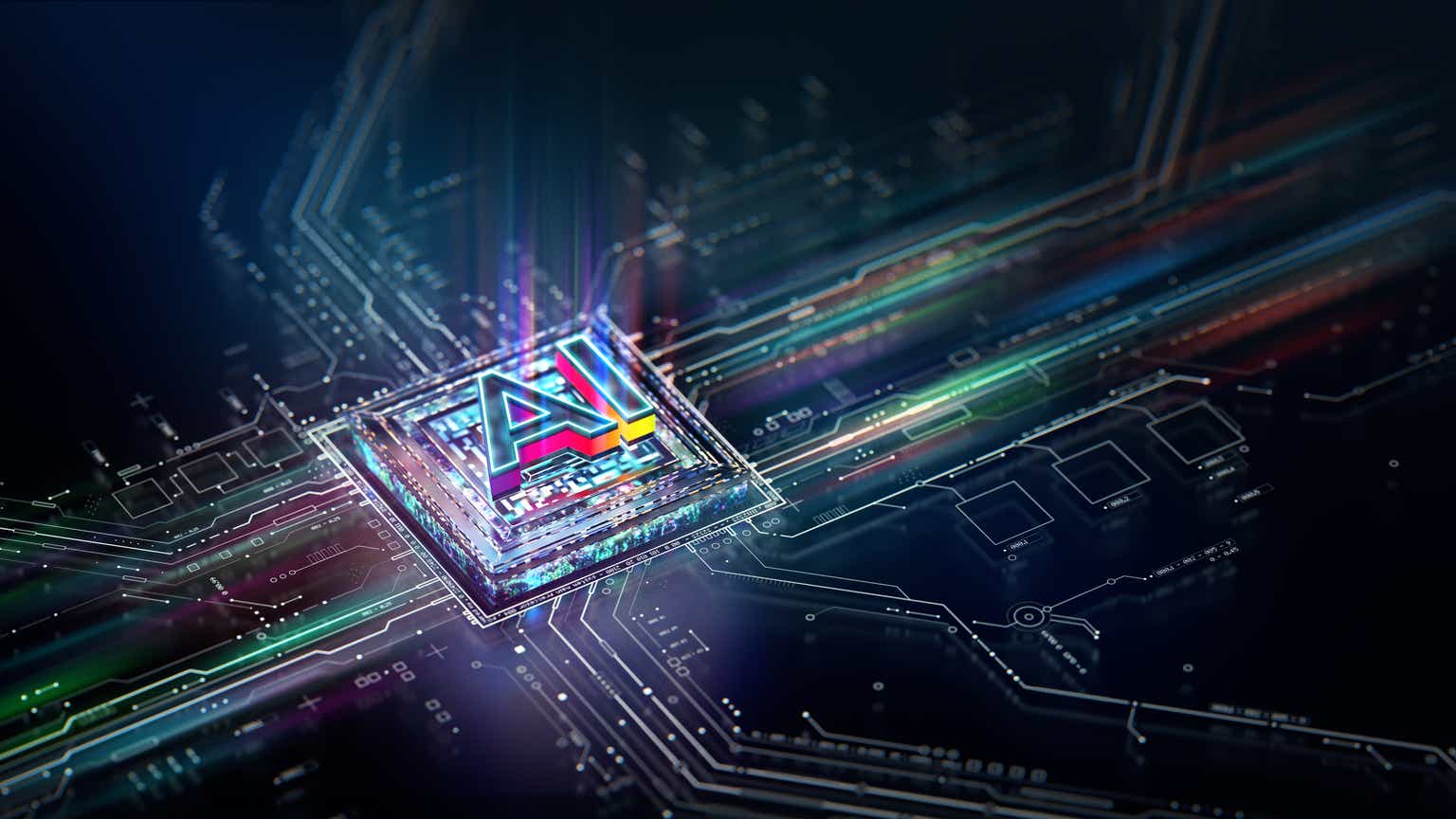Amid the current artificial intelligence (AI) hype cycle, companies are jockeying for an edge in this fast-developing sector.
So far this year, software M&A is staging a comeback. After bottoming out in the fourth quarter of 2022, it has accounted for more than 600 deals in the first quarter of 2023 as larger, deep-pocketed firms invest, partner, or simply mop up smaller, private, venture-backed companies.
While these investment dollars are still a drop in the bucket relative to the dry powder in private equity and corporate coffers, serial acquirers are looking for opportunities to increase their capabilities.
Nevertheless, the M&A playbook has changed.
Mega deals face a complicated regulatory environment in Europe and North America. As such, Microsoft (MSFT), Brookfield (BAM), Thomson Reuters (TRI), and other mega-cap serial acquirers have adopted a more nuanced AI-focused strategy: To quote Steve Hasker, president and CEO of Thomson Reuters, they are looking to “build, partner and buy.”
Enghouse (OTCPK:EGHSF), Constellation Software (OTCPK:CNSWF), Brookfield, and Thomson Reuters are all among the firms funding or acquiring AI start-ups.
Earlier this year, Brookfield Growth, Brookfield’s technology investment arm, invested in contract lifecycle management (CLM) firm SirionLabs; Thomson Reuters acquired Casetext, an AI-powered legal start-up that recently launched CoCounsel, an “AI-legal assistant”; and the finance automation platform Ramp purchased Toronto-based Cohere.io.
Other large deals include the data-management company Databricks’s US$1.3 billion purchase of MosaicML, a generative AI start-up whose technology enables businesses to create propriety versions of OpenAI’s ChatGPT.
Today’s AI-driven technological disruption recalls the frenetic innovation of the early-pandemic era. Amid lockdowns, work from home (WFH), and contact-free shopping, businesses needed to quickly acquire the tools to transact and compete in the new environment. This spurred robust M&A activity as businesses sought out the right technology and talent.
Today, a new M&A cycle has developed, as companies that cannot build such capacities in-house seek to acquire them through investments, partnerships, or old-fashioned M&A.
How the New M&A Playbook Boosts Incumbents
AI has added sizzle to somewhat staid incumbents. Microsoft and Google (GOOG) (GOOGL) are both sprinting to the front of the line through multi-year partnerships and investments in AI start-ups.
Google invested US$300 million in Anthropic, and Microsoft spent US$1 billion on OpenAI. And, in a virtuous circle of revenue upcycling, such tech giants also earn “cash back” through the recurring revenues they generate from the very same start-ups.
How? By providing cloud-based services, access to super-computing power, and other types of resources that AI requires in vast quantities.
By partnering with but not necessarily acquiring these emerging young companies (yet), incumbents can sidestep thorny regulatory issues while leveraging the new technology to further reinforce their positions.
They can accelerate their AI facility without the drags associated with M&A integration, such as legal work, data migration, contract and team management, and cultural fit.
In another example of how the emerging ecosystem benefits incumbents, when the time comes for acquisitions, AI can help facilitate transactions. M&A deals require vast, resource-intensive efforts, and AI can help optimize each step of the transaction.
Whether it is deal sourcing, due diligence, risk assessment, deal structuring and valuation, or post-merger integration, AI is rapidly becoming an essential M&A tool.
Disclaimer: Please note that the content of this site should not be construed as investment advice, nor do the opinions expressed necessarily reflect the views of CFA Institute.
Original Post
Editor’s Note: The summary bullets for this article were chosen by Seeking Alpha editors.
Editor’s Note: This article discusses one or more securities that do not trade on a major U.S. exchange. Please be aware of the risks associated with these stocks.
Read the full article here











